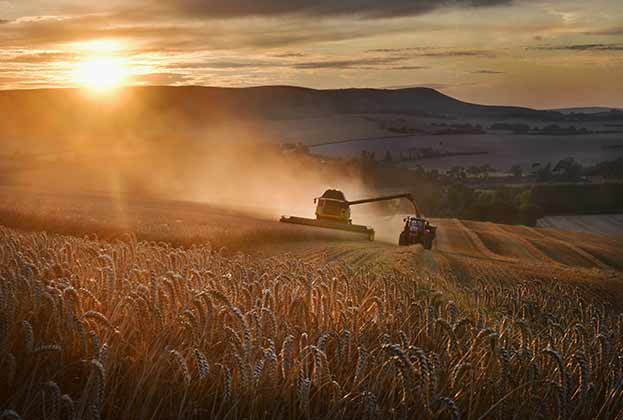The Countryside Stewardship grant scheme is designed to reward land managers for maintaining and enhancing the environment.
Grants are available in three tiers and although the deadline for Higher Tier applications has now passed, the application window is still open for Mid Tier agreements and Wildlife offers.
The deadline for requesting an application pack online is 30 June 2020 and the last date to submit online applications with all supporting documents is 31 July 2020. The main priority for Mid Tier agreements is to protect and enhance the natural environment, in particular biodiversity and water quality.
Agreements run for a five-year period for management options, with two-year agreements for specific capital improvement works. The scheme is competitive, so all applications will be scored and ranked.
Here are some top tips for preparing a successful application:
Preparing an Application
- Look at the available options online using the search tool and consider what options work with your existing farming system/management systems/machinery.
- Review priority habitat layers for the farm and consider what options are best suited to these as the process is competitive.
- A simple agreement with relatively few options can provide an income stream, benefit the environment and be straight forward to manage, while complicated agreements can result in challenges delivering them and often incur significant costs.
- Consider the costs of delivering the options – is the gross margin better than some break crops and could it therefore replace non-profitable break crops or help deal with grass weeds, for example black grass?
- Ensure mapping is correct or submit RLE1 forms prior to applying.
Agreement management
- Understand the management prescriptions of the options before entering into them – what you can/can’t do and when you can do it.
- If you have a rotational option, try to consider where it will sit over the lifetime of the agreement and whether leaving a rotational option in the same place is the best decision.
- Ensure you are aware of your record keeping requirements – make a spreadsheet/file and update regularly.
Rented land
- If you are entering land on a tenancy, ensure that you have consent in your agreement, a long enough agreement and that it is countersigned by the landlord, if required.
Annual claims
- An annual claim, confirming the location and area of options that year, has to be submitted in order to be paid, which is done online through Rural Payments, with the deadline for claims normally on 15 May.
- Basic Payment Scheme land use codes from the year of the application trigger eligibility. Therefore the BPS land use code needs to correspond with the agreement option for example a grassland option can only be claimed on a field parcel coded as PG01.
- Beware of double funding, for example you will not be paid for Countryside Stewardship options if they are also being used as an Ecological Focus Area.
- Payments are made annually, with the payment window opening on 1 December, in the year of the claim, running through to 30 June the following year. It could therefore be up to 18 months before you are paid anything, so ensure that you can manage the cash flow requirements of the agreement during this time.
Capital options
- Consider what capital works can be included within the agreement, such as fencing, concreting, tracks, and so on.
- There is not a requirement to enter the whole holding into an agreement and therefore different blocks of land can be entered into different agreements, however only one agreement can be applied for per year.
Further information
Contact Savills Food & Farming

.jpg)
.jpg)
.jpg)



.jpg)
.jpg)
.jpg)
.jpg)